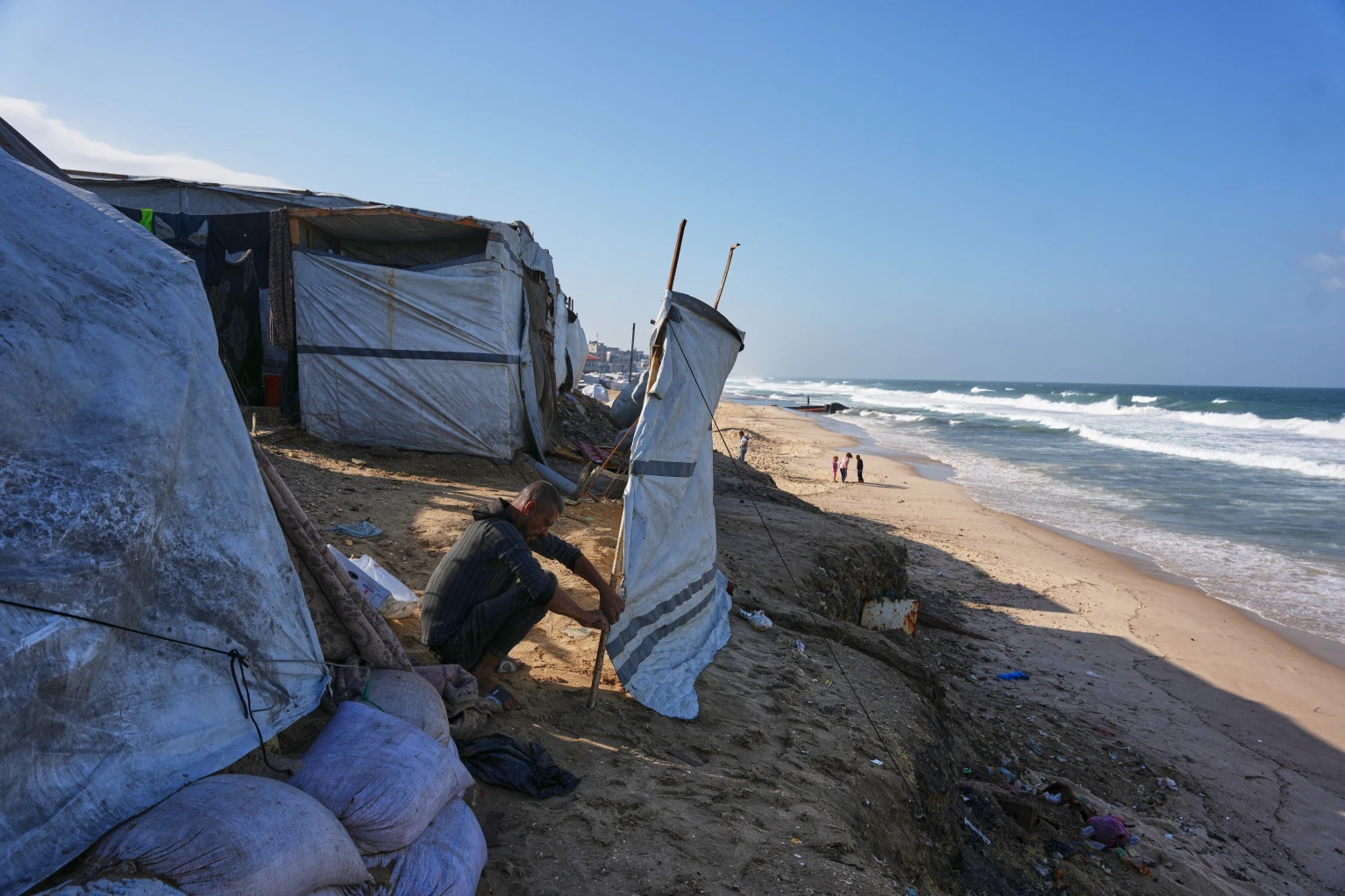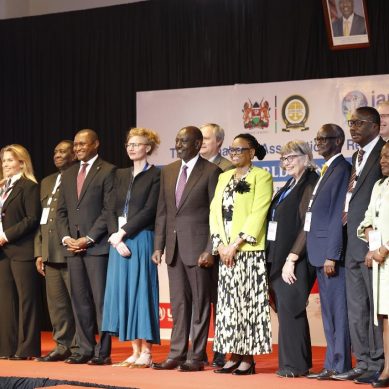
In York, Pennsylvania, a man accosted a group of people rallying for Vice President Kamala Harris’ White House campaign, punching a 74-year-old man in the head and calling another man a “n— supporter” as he fled.
In northern Michigan, an assailant enraged by his hatred of Donald Trump used an all-terrain vehicle to run over and injure an 81-year-old man who was putting up a yard sign for the former president’s re-election bid.
The recent attacks were among at least 300 cases of political violence identified since Trump’s supporters stormed the US Capitol on January 6, 2021, including at least 51 incidents this year. With just two weeks to go before the November 5 presidential election, the cases are part of the biggest and most sustained increase in US political violence since the 1970s.
Some of the violence has been reported widely, most notably two assassination attempts on Trump, a Republican. Other high-profile incidents include three shootings in recent weeks at a Democratic campaign office for Harris in Arizona.
We have documented scores of other cases on contentious political issues – from election disputes to LGBTQ+ rights and the Israeli-Palestinian conflict. Incidents ranged from small fights over political signs to more violent brawls and property destruction at rallies. Most of this year’s violence wasn’t fatal with the exception of two deaths: a spectator killed during July’s attempt on Trump’s life and the shooter.
The pace of cases has remained remarkably consistent since beginning to rise in 2016, around the time of Trump’s first presidential run. In 2021, which included the tumult that followed Trump’s efforts to overturn the 2020 election, there were 93 cases of political violence, followed by 79 in 2022 and 76 in 2023.
Political extremism experts warn that the charged atmosphere around the 2024 presidential election has created a highly volatile situation. Trump in particular often uses incendiary rhetoric, threatening to put his political enemies on trial and to deploy the military against the “radical left”, calling them “the enemy within.”
Americans are starting to see violence as “part of the way politics happens,” said Nealin Parker, who heads Common Ground USA, a nonprofit that studies ways to bridge America’s political and cultural divides. In the current climate of mistrust, she added, “incidents of violence can metastasize into something bigger.”
Robert Pape, a University of Chicago professor who studies political violence, expressed concern over the prospect of post-election violence in battleground states, where the margin of victory could be a few thousand votes. He likened it to “a wildfire season” with lots of “dry combustible material” and the “potential for lightning strikes.”
Trump himself has declined to rule out the possibility of violence if he loses in November. When asked by Time magazine in April if he expected violence after the election, he said, “If we don’t win, you know, it depends.” He has told supporters that any loss in this year’s race would be due to fraud.
The Harris campaign did not respond to a request for comment. The Trump campaign, when asked about the steady rise of political violence and the recent attacks against Harris and Trump supporters, provided a statement attacking Harris on immigration and criminal justice reform.
The highest-profile case of recent political violence was the first assassination attempt on Trump at a July 13 campaign rally in Pennsylvania. The shooter, Thomas Crooks, was killed at the scene. He had no “definitive ideology,” federal investigators concluded.
Law enforcement agencies were put on alert for potential retaliatory violence by Trump supporters. There were some concerning incidents, including a man in Florida who told his wife he was “preparing for war” after the shooting and left home with multiple guns, according to police reports. He was found burying a full ammunition box in a public park. Police seized seven rifles and handguns, and had the man hospitalized for a mental health evaluation.
But the anger wasn’t confined to Trump’s supporters.
On the day of the assassination attempt, Joshua Kemppainen, an avowed Trump hater in northern Michigan, raged in a private chat with friends on the Discord messaging app. “Nice aim dickhead,” Kemppainen wrote over a picture of a bleeding Trump. A member of the chat group shared the message with Reuters.
Kemppainen, 22 and unemployed, went on a vandalism spree eight days later in his town of Hancock, population 4,500, which mostly backed Trump in the 2020 election.
On July 21, when President Joe Biden quit the presidential race and endorsed Harris, Kemppainen rode an all-terrain vehicle through the streets and targeted Trump supporters, said Hancock Police Department chief Tami Sleeman in an interview.
Reuters pieced together what happened from police reports obtained in a records request, copies of chat messages provided by Kemppainen’s associates and police, and a video Kemppainen posted on Discord.
He vandalised a pickup truck with a Trump sticker, deflating its tires, tearing off a side mirror and smashing its windows. He also damaged a truck with a pro-police decal. He posted a video of one attack on Discord with the comment “doing my part.” Then he tore up Trump yard signs and threw them into the street.
When an onlooker, Carl Nelson, 81, replanted the signs, Kemppainen ran him over with the ATV and fled, hospitalising the Vietnam veteran.
The next day, Kemppainen rang Hancock Police: “I am calling to confess to a crime,” he said in a message describing his rampage, according to a recording police have. “So if you could send someone to pick me up. I appreciate it.”
When police heard the voicemail two hours later, they worried the caller sounded unbalanced and dispatched six officers, said Sleeman, the chief. By the time they arrived, Kemppainen had fatally shot himself with an assault rifle, a police report said. His father said Kemppainen was on anti-depression medication and also had an autism diagnosis, the report added. In an interview, a family member confirmed that Kemppainen struggled with mental health issues.
Nelson, who Kemppainen attacked, spent several days in the hospital for knee and upper body injuries. “This was such a peaceful area,” said Nelson. He has decided to vote for Trump, he added.
- A Reuters report








